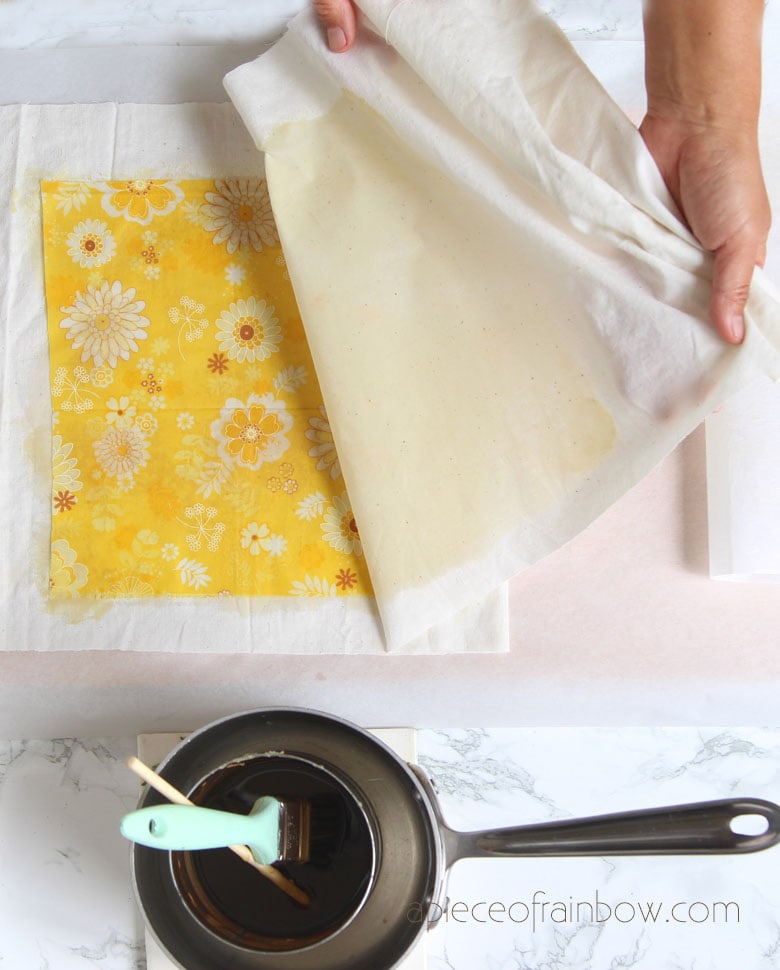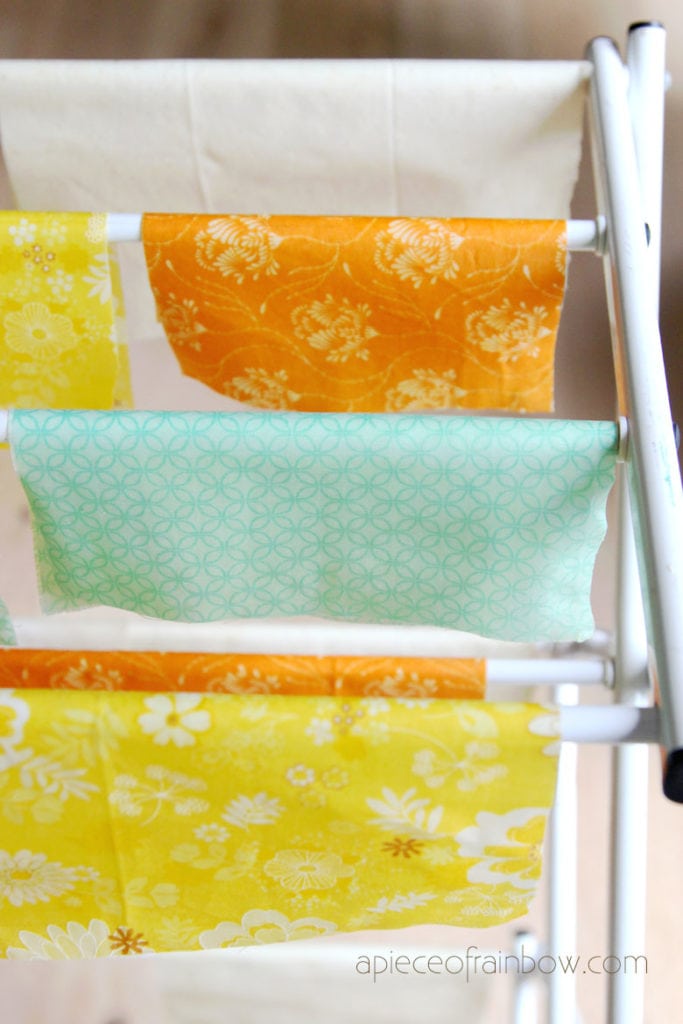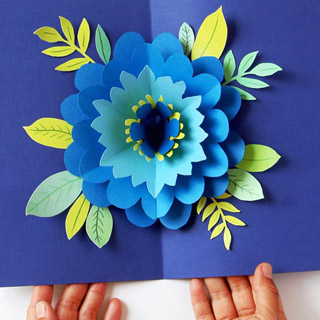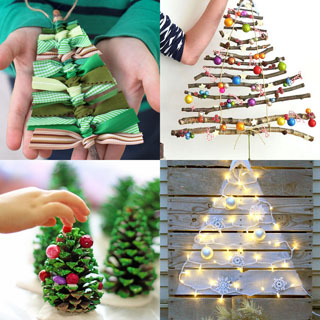How to Make Beeswax Wrap that Works: So Easy!
How to make beeswax wrap easily with iron, & care tips on how to use & clean beeswax wraps! Tutorial & video with recipe, pros & cons, & no resin variations.
Reusable beeswax food wrap is a great alternative to single use plastic wrap. If you are inspired by zero waste green lifestyle, and want to reduce plastic waste, you will love these eco friendly reusable beeswax wraps with natural antibacterial properties. 🙂

You can buy beeswax wraps, but there are lots of good reasons to make them: they are easy and fun to DIY, you can choose pretty fabrics, cut them to sizes that fit your needs, make a lot more for the same price and share them as gifts! 🙂
In this tutorial, I will share how to make beeswax wrap that works well, how to use and clean beeswax wraps, compare pros and cons, and recipe variations without resin at the end. First, you can check out our DIY beeswax wrap in action in this video below!
*Some resources in article are affiliate links. Full disclosure here.
Materials to make beeswax wrap.
Some of the helpful resources are affiliate links. Full disclosure here. You can also buy these wraps on Amazon here if you decide not to make them. 🙂

- 100% thin cotton fabrics like muslin or these super cute quilting fabrics!
- Beeswax: you can get pellets or blocks and shave them into smaller pieces for easier melting.
- Jojoba oil or mineral oil: I used food safe mineral oil which we have from our DIY butcher block oil conditioner project. The oil makes the beeswax food wrap more pliable and lees prone to cracking.
- Pine resin: powdered pine resin is easier to melt. You can also crush pine resin chunks into smaller pieces. Resin makes the beeswax wraps stick. If you don’t want to use tree resin, check out the alternative recipe at the end.
- An iron, an inexpensive designated paint brush (no need to clean, just keep for future use), and parchment paper.

Recipe to make beeswax wrap that works!
This recipe makes enough mixture to cover 12 square feet of fabrics. It is more accurate by weight so we are providing both options
4 oz or 113 grams (1 heaping cup) beeswax, 1 oz or 28 grams (1/4 cup) pine resin, 1/2 oz or 14 grams (1/8 cup) Jojoba oil or mineral oil.

I have tried homemade beeswax wrap recipes with 2:1 ratio of beeswax to tree resin, and the wraps feel too sticky on my hands even after they cooled off. The 4:1 ratio here still produces effective sticky reusable wraps that are not too tacky to the touch.

Important notes before you begin:
Wax and resins are flammable. Always follow safety practices for all materials and products used here. Never leave anything unattended when the double boiler is on the stove or the iron is plugged in.
Step 1: prepare materials for DIY beeswax wraps

The fabrics should be clean and dry. Use your most used dishes to determine the numbers and sizes of fabrics to cut. For us, we made a few each of 6″, 8″, 10″ and 12″ squares. You can also make a large sheet and cut as you need.

Step 2: melt wax and resin mixture
Place beeswax, pine resin, and Jojoba oil or mineral oil in a double boiler or metal container set in a pot. I used a can and a jar lid to prop the can up a little from the bottom of the pot. A deeper pot is safer in case the container tips.

Add water to the pot until it’s about halfway below the rim of the inside container or double boiler. Use medium heat to bring water to boil, then reduce to a simmer over low heat. The wax and resin will melt and blend together in about 10 to 20 minutes.
You may also love: our DIY 2 ingredient natural butcher block oil conditioner .

Step 3: brush and iron beeswax mixture

Cover a large cookie sheet or a wood board with a sheet of parchment paper. Spread a piece of cut fabric flat on the parchment paper. Brush mixture to fully saturate the fabric. It may solidify, which is fine, as we will be ironing next.

I learned a nice trick from Crafty Patty on YouTube. She would layer two or three pieces of fabrics together before ironing so the excess wax mixture on the one piece can be absorbed and you can make two or three pieces of beeswax wraps at once.
In other words, you would brush the beeswax mixture onto one piece of fabric, and you can add a piece of fabric above and / or below this waxed fabric to soak up any excess coating mixture.

Next cover the fabrics with a piece of parchment paper on top. Set your iron to the cotton linen setting, and iron the fabrics. You will see the wax mixture melting and saturating the fabric layers.
If you missed a spot just lift the parchment paper and brush on more wax mixture.

Once the fabrics are evenly saturated, quickly lift the parchment and peel apart the fabrics before the wax mixture solidifies.
Hang your completed wraps to cool completely for 10 minutes. They will feel very stick when they are still warm, so don’t touch them too much while they dry.

My beeswax wrap doesn’t stick, why?
It likely you don’t have enough wax mixture incorporated into the fabric, especially when the fabric is a bit thicker. Just brush the wax mixture again on a different side of the fabric and repeat the ironing process above.

What to do with leftover beeswax mixture?
Pour the mixture into an ice tray or cute silicon candy mold. The yummy looking little wafers are great fro refreshing your beeswax wraps or make new ones. Just melt what you need.

I also saved the brush with solid wax mixture on it for future beeswax wrap projects. 🙂
How to use beeswax wraps?
You can use beeswax food wraps on almost anything except for raw meat, highly acidic foods and hot temperature foods before they cool off.

They can be used to cover bowls, wrap veggies and cheese, or folded as a bag for sandwiches and snacks. The antibacterial properties of beeswax can also help keep your produce fresh longer.
How to clean and store beeswax wraps?
Important: only use cold water when cleaning your beeswax food wraps!
If your wrap only touched non greasy or dry surfaces like bread, carrots, or edge of a bowl, you can just dust them off or wipe with a clean soft sponge and let dry.

If the wrap touched food that is more sticky or greasy, rinse with cold water and use a soft sponge with mild dish detergent to clean both sides. Rinse well with cold water, and hang them to dry thoroughly.
Store beeswax wraps in a cool, dry and breathable place clean from dust or food particles, such as a tray in the kitchen drawer. I like rolling them up so they take up very little space and it’s easy to see which size I need.

How long do beeswax food wraps last?
Beeswax, mineral oil and pine resin has infinite shelf-life, however, with frequent use beeswax wraps can lose their coating and stickiness after one year. They are 100% biodegradable in the compost, it’s also very easy to refresh them.

Just take some leftover wax mixture that you saved (see step 3 above), shave some onto the wraps, and iron them to saturate the fabrics. They will come out like new again.
Pros and cons of beeswax wrap.
Pros: Effective replacement of sing-use plastic in a lot of ways, compostable, reusable and earth friendly. Long lasting and can be refreshed every year. Easy to make and share as unique and pretty gifts, some say the natural antibacterial properties can keep your produce like cut avocados and salad greens fresh longer.

Cons: Not suitable for wrapping certain foods like raw meat or highly acidic food. Not suitable for microwave or high heat environments like in a hot car. Should not be washed with hot water.
How to make beeswax wraps without pine resin

You can leave out the pine resin in this recipe, and use beeswax to mineral oil (or jojoba oil) at an 8:1 to 4:1 ratio. The wrap will not be sticky enough to hold its shape, but you can use it with a rubber band or string to help hold everything in place.
Other good alternatives to consider are reusable containers and silicon bags like these. The more conscious we are to reduce our trash, the better it is for our planet! 🙂

Love green living ideas? You will love these natural and effective DIY green cleaning products with free printable labels!

















I followed your instructions w at and mine feel waxy but not sticky and wont stick to the bowl. I used all the same ingredients too. Any ideas?
hi Linda, that means you just need a little more resin in the mix 🙂
I love making waxwraps, I make them in a small slow cooker that I keep just for the wax, resin etc. it works great and I can control the temperature. x
Hello!
Thank you very much for the post! I made some fabulous wraps! I’m facing a problem though: the resin smells too strongly. Can I have your opinion on that?
hi Christina! do you mean the smell of pine? mine just smell like beeswax / honey. i think as you refresh them in future, maybe use mostly beeswax for a few times, that might balance the resin smell! 🙂
Love this tutorial and am super excited to try it! Only question, does it matter if I use yellow or white beeswax? I’m wondering specifically if the yellow would discolor the fabric.
hi Amanda! i used yellow beeswax, and it only tinted the fabric very slightly. color fabrics should not matter, but if you want a pure white fabric, then use white wax! 🙂
This is such an amazing tutorial, great explanations. Thank you!
Just wondered if you knew of any alternative additives that can be added to wax to make it more pliable and less prone to cracking, which isn’t jojoba or mineral oil?
I tried these using quilting cotton. I weighed the ingredients (to get it just right), and because they didn’t stick after the first trial I re-waxed them until the fabric was totally saturated on both sides. They still don’t stick and leave a waxy residue on the outside of the bowl. Do I need to increase the resin? I’m using beeswax pellets, jojoba oil and pine resin powder. Thank you for any help you can suggest.
hi Jane! i would increase the pine resin in this case. 🙂 the waxy residue tend to happen when the wrap is fresh and new. we are not too concerned with it since it’s non toxic, and comes off in the dishwasher or with a little scrubbing.
I have always wanted to make beeswax wraps! Followed your tutorial and they came out great!
Thank you for sharing this with so much detail. It’s the best resource I’ve found so far. I just keep struggling with melting the 3 ingredients together, as the pine resin becomes thick (caramel type) and does not blend together. Is there any reason for that? I used a can inside a water boiling pan and seemed right as it started melting, but after more than 20 mins the resin was still too hard to spread. Would love to hear your thoughts.
hi Olga! did you use fine powder pine resin? i read that powder resin melt much faster that chunks, which you could crush into smaller pieces if that’s the case! 🙂
It is so much easier to grind the resin to a powder and then sprinkle it evenly onto the fabric with the beeswax and the jojoba oil or mineral oil then put it between 2 sheets of parchment and press it on the hottest heat setting you will see the wax melting and you can always move it around and add more wax etc. and re press it if you need to. it is much less messy as well since you only melt what you use and only on the fabric . so no bowls of hardened wax to deal with.
Thank you so much Carolyn for sharing your great tips!! 🙂